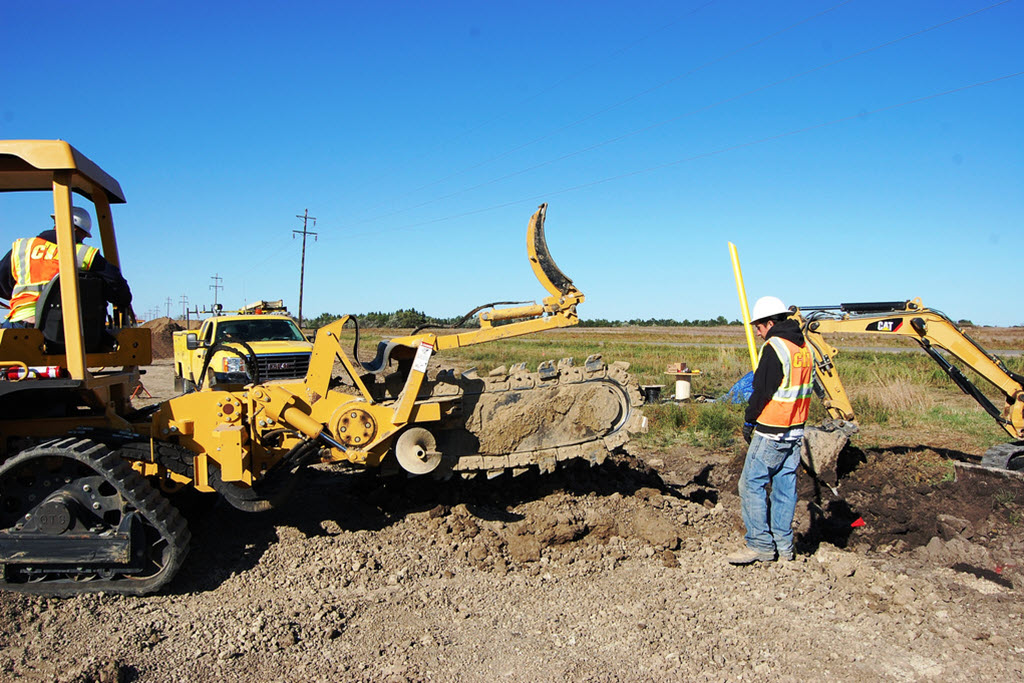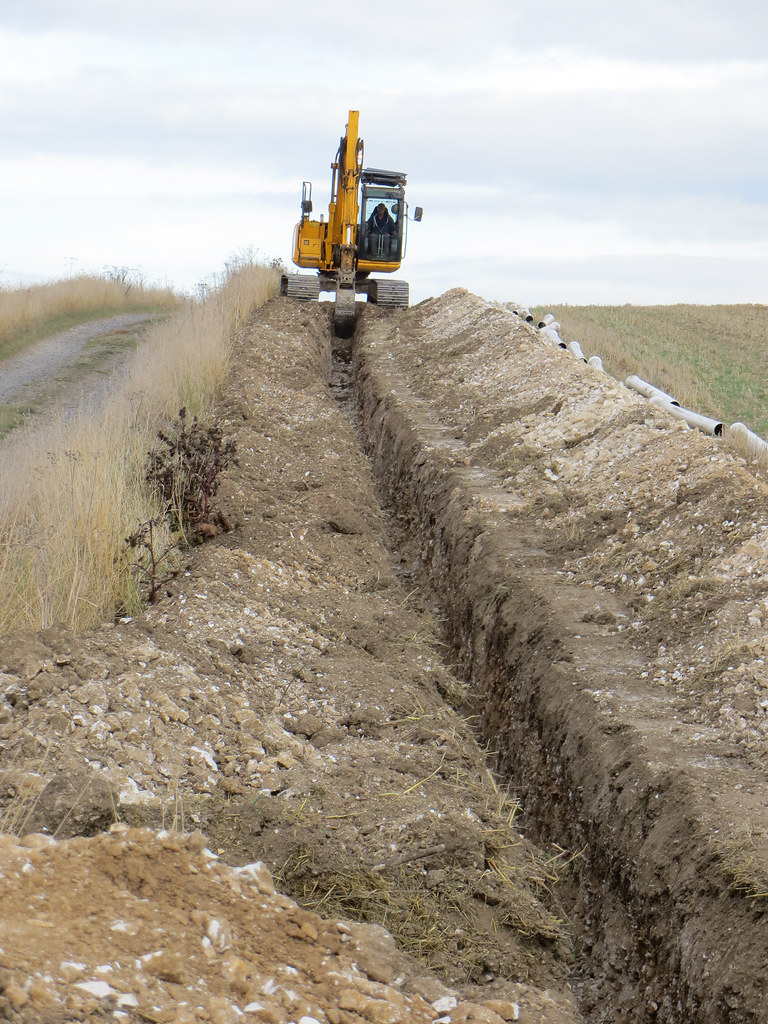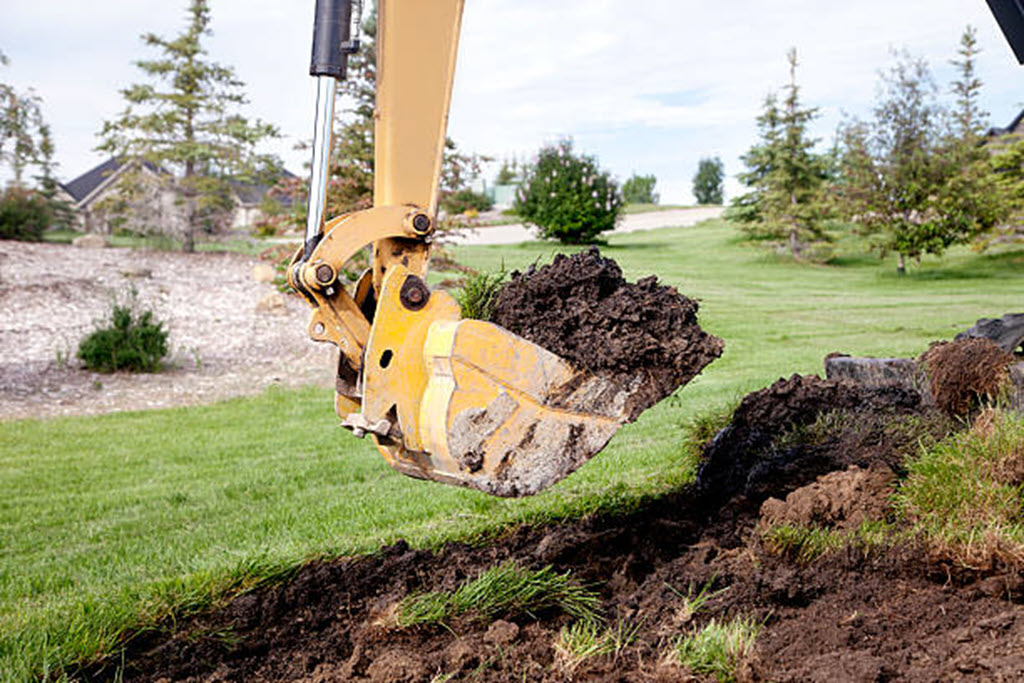Cable Trenchingsin Dryden MI
Cable Trenching Done Right for Secure Utility Installations
We Are Locally Owned & Operated For Over 37 Years
Contact Us Today!
We Serve Businesses In And Around The Following Cities:
About Cable Trenchings
Introduction
As the heart of Northwestern Ontario, the city of Dryden is increasingly shaping into a burgeoning hub for commercial operations. As growing businesses understand the importance of reliable communication, the demand for seamless cable installation rises, making Cable Trenching an imperative consideration. An integral part of the installation process, Cable Trenching involves digging stretches of narrow trenches to lay down various utility cables securely. Employed by trenching contractors, this method expedites the installation process, reduces disruption, and ensures safety.
Underlying Complexities and the Need for Professional Intervention
While the basic premise of cable trenching may seem straightforward, in real-world scenarios, the process is quite complex. Consider its application in a bustling city like Dryden. Here, trenching contractors not only need to delve deep into the ground but also navigate around existing infrastructure seamlessly. The expertise of a local trenching excavation company, like D&J Contracting, is essential in such situations. With comprehensive knowledge of the local terrain and well-versed in adhering to safety regulations, D&J Contracting can effectively navigate these complexities.
The Role of Trenching in Installing Utility Lines
Whether it’s trenching for utilities or laying trenches for a propane line, specialized processes are involved. Cable trenching typically consists of four main stages, each with their own specifications. First, it involves planning and outlining routes for the cable lines. Second, trenching contractors employ state-of-the-art trench digging services to dig the trenches. Through meticulous backfilling, they recover the trench to maintain the stability of the surface. Finally, a crawler or fiber optic snake lays down the cable through the trench. D&J Contracting, with their experience and superior equipments, excel in providing these services.
Benefits of Engaging a Professional Trenching Service
When businesses in Dryden involve professionals for cable trenching, they reap a myriad of significant benefits. Experienced trenching and boring contractors ensure minimal disruption to nearby structures and existing utility lines. Trench digging contractors deploy advanced equipment that not only quickens the process but also provides precision, reducing the possibility of inadvertent damages. Therefore, it would be wise for commercial property owners to invest in professional trench for utility line services.
Local Expertise Matters
Working with local trenching contractors near businesses aids in smooth communication and coordination. Organizations like D&J Contracting, known for their vast local experience, understand the city’s unique characteristics. This knowledge is particularly beneficial when it comes to anticipating possible challenges inherent to Dryden’s geography. This fact underscores why selecting a local trench digger contractor is instrumental in driving efficiency.
Real-World Applications of Cable Trenching
Cable trenching services cater to a wide array of applications in commercial properties across Dryden. Be it for telecommunications, data transfer, or power lines, trenching is the first step towards reliable utility services. Businesses that have invested in underground utility line trenching have reported increased reliability, reduced maintenance costs, and better safety, thanks to minimized external hazards.
Final Thoughts
Although cable trenching may initially seem like a daunting process, a professional contracting company such as D&J Contracting simplifies it through meticulous planning and efficient execution. By investing in such services, commercial entities in Dryden step closer to the secure, reliable installation of utility lines they desire. It is, therefore, not only a prudent investment but a fundamental requirement in today’s data-driven world. Feel free to reach out to D&J Contracting for further insights into making your cable trenching process seamless and efficient.
Cable Trenchings Gallery


Call Us Today to receive your Free Quote for
Cable Trenching in Dryden
Serving: Dryden, Michigan

About Dryden, Michigan
The Village of Dryden was settled in 1836 and was called Amboy. It was located 1 mile North of its present-day located at Dryden and Mill Roads. In 1837, then known as Lomond, held its first town meeting since settling the previous year. A store was built here as early as 1840 by Mr. Johnathan Sweet who owned most of the land. It was known as Lamb’s Corners in homage to the man who bought the land from Mr. Sweet, John M. Lamb, starting in 1846 and the named stayed for several years. The name Dryden for its village was eventually picked and it was to pay honor to the poet, John Dryden. The 1840s was the decade in which many businesses were first established in the village. It was incorporated as a village in 1887.
According to the United States Census Bureau, the village has a total area of 1.10 square miles (2.85 km), all land.
| Census | Pop. | Note | %± |
|---|---|---|---|
| 1880 | 200 | — | |
| 1890 | 322 | 61.0% | |
| 1900 | 328 | 1.9% | |
| 1910 | 371 | 13.1% | |
| 1920 | 359 | −3.2% | |
| 1930 | 383 | 6.7% | |
| 1940 | 411 | 7.3% | |
| 1950 | 476 | 15.8% | |
| 1960 | 531 | 11.6% | |
| 1970 | 654 | 23.2% | |
| 1980 | 650 | −0.6% | |
| 1990 | 628 | −3.4% | |
| 2000 | 815 | 29.8% | |
| 2010 | 951 | 16.7% | |
| 2020 | 1,023 | 7.6% | |
| U.S. Decennial Census | |||
As of the census of 2010, there were 951 people, 368 households, and 260 families living in the village. The population density was 864.5 inhabitants per square mile (333.8/km). There were 387 housing units at an average density of 351.8 per square mile (135.8/km). The racial makeup of the village was 98.0% White, 0.4% Native American, 0.2% Asian, 0.3% from other races, and 1.1% from two or more races. Hispanic or Latino of any race were 1.1% of the population.
There were 368 households, of which 35.1% had children under the age of 18 living with them, 54.3% were married couples living together, 10.9% had a female householder with no husband present, 5.4% had a male householder with no wife present, and 29.3% were non-families. 23.9% of all households were made up of individuals, and 5.5% had someone living alone who was 65 years of age or older. The average household size was 2.57 and the average family size was 3.06.
The median age in the village was 38.6 years. 27.1% of residents were under the age of 18; 7.2% were between the ages of 18 and 24; 26.1% were from 25 to 44; 27.2% were from 45 to 64; and 12.2% were 65 years of age or older. The gender makeup of the village was 49.8% male and 50.2% female.
As of the census of 2000, there were 815 people, 285 households, and 224 families living in the village. The population density was 727.8 inhabitants per square mile (281.0/km). There were 312 housing units at an average density of 278.6 per square mile (107.6/km). The racial makeup of the village was 97.42% White, 0.74% Native American, 0.25% Asian, 0.49% from other races, and 1.10% from two or more races. Hispanic or Latino of any race were 1.23% of the population.
There were 285 households, out of which 42.8% had children under the age of 18 living with them, 64.2% were married couples living together, 8.8% had a female householder with no husband present, and 21.1% were non-families. 16.1% of all households were made up of individuals, and 4.2% had someone living alone who was 65 years of age or older. The average household size was 2.80 and the average family size was 3.10.
In the village, the population was spread out, with 29.1% under the age of 18, 6.7% from 18 to 24, 33.4% from 25 to 44, 21.5% from 45 to 64, and 9.3% who were 65 years of age or older. The median age was 33 years. For every 100 females, there were 105.3 males. For every 100 females age 18 and over, there were 105.0 males.
The median income for a household in the village was $54,375, and the median income for a family was $57,639. Males had a median income of $39,226 versus $22,115 for females. The per capita income for the village was $21,180. About 2.3% of families and 5.7% of the population were below the poverty line, including 5.5% of those under age 18 and 7.1% of those age 65 or over.
Dryden has two schools. Dryden Elementary for Preschool through 6th grade and Dryden Jr./Sr. High School for 7th through 12th grade. Additionally there is the Dryden Township Library.
Call Us Today to receive your Free Quote for
Cable Trenching in Dryden
Related Services in Dryden, Michigan
We Serve Businesses In The Following Zip Codes:
48007, 48015, 48021, 48026, 48035, 48036, 48038, 48042, 48043, 48044, 48045, 48046, 48047, 48048, 48050, 48051, 48066, 48071, 48080, 48081, 48082, 48083, 48084, 48085, 48088, 48089, 48090, 48091, 48092, 48093, 48098, 48099, 48225, 48230, 48236, 48310, 48311, 48312, 48313, 48314, 48315, 48316, 48317, 48318, 48397